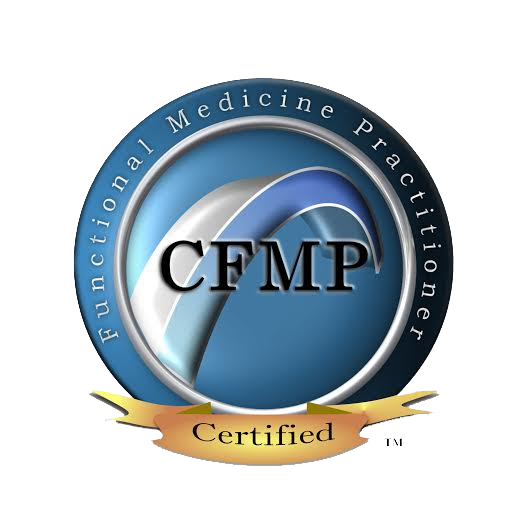If you’ve ever suffered or had someone you care about suffer from migraine headaches, you know just how awful they are. Understanding what a migraine headache is and its causes is the first step in knowing what can help treat them.
Migraine headaches are different than other headaches in that the source of the migraine comes from the cranial nerves.

This is a view of the brain from the bottom showing all of the cranial nerves.
Cranial Nerves
These are the 12 nerves that originate from the brain. The nerves are networked so that when one of them hurts, all of the cranial nerves are likely to be affected. It’s like when my 3-year-old starts to cry about something, my 1-year-old will often start to cry as well for no other reason than that her sister is crying.
Triggers of Migraine Headaches
A migraine is caused by a “trigger”. A trigger is anything that causes one of the 12 cranial nerves to “hurt”. Once a cranial nerve is telling the brain that it is not happy, a number of things begin to happen.
Prodromes
A prodrome is the first thing to occur. A prodrome is a collection of symptoms that occur before the headache in about half of the people who get migraines. The prodrome can occur hours or days before the headache starts. The symptoms can range all over from altered mood, irritability, depression or euphoria, fatigue, yawning, excessive sleepiness, craving for certain food (e.g. chocolate), stiff muscles (especially in the neck), hot ears, constipation or diarrhea, increased urination, and other visceral symptoms.
Migraine Headaches Auras
In about 25% of the people who get migraines, a visual disturbance called an aura comes next. The migraine headaches usually begin about an hour after the aura ends. To see what this looks like, watch the following video.
The pain associated with a migraine headache is typically on one side of the head, throbbing, and very intense. Most migraine sufferers experience nausea, some experience blurred vision, delirium, nasal stuffiness, diarrhea, polyuria, pallor, or sweating. Typically, the pain gets worse by activity, light, noise and certain smells. The pain can last anywhere from 3 hours to 3 days.
In every stage of a migraine, the entire network of cranial nerves is affected. The cranial nerves go to your eyes, ears, stomach, face, neck, heart, lungs and the GI tract. The symptoms of a migraine correlate directly with the cranial nerves involved.
All cranial nerves start from a nucleus. Most of the cranial nerve nuclei are located in the brain stem as this photo shows:

The location of most cranial nerve nuclei is in the brainstem which is located in the upper neck.
The Most Common Trigger for Migraine Headaches
The brainstem is in the base of the brain and extends into the upper half of the neck. This is very important to understand because most migraine triggers start as a result of a nuclei getting irritated. The most common way, in my experience, that these nuclei get irritated is when the upper cervical spine is not working correctly, and it puts pressure on the brainstem. The pressure triggers and irritates the nuclei, causing the migraine. If the trigger is not associated with the function of the neck, then it could be a certain smell, food or type of activity. The important thing to do, if at all possible, is to figure out the triggers and eliminate them.
Migraine Headache Treatment
In my experience, the majority of migraine sufferers respond very well to good chiropractic care. The key is prevention. If a patient comes into my office already in the pain phase of the migraine, the effect of my care is limited. However, if the patient can make it in during the prodrome or the aura phase, the treatment can stop the migraine. I recommend that my patients with a history of migraines keep their neck in good shape to prevent the whole process rather than waiting until trouble comes before seeking care.
I hope that helps. Migraines are awful. I don’t have all the answers about the cure for all migraines. However, I have learned a few things. If this article raises other questions, feel free to let me know. Chances are there are others who are thinking the same thing.



